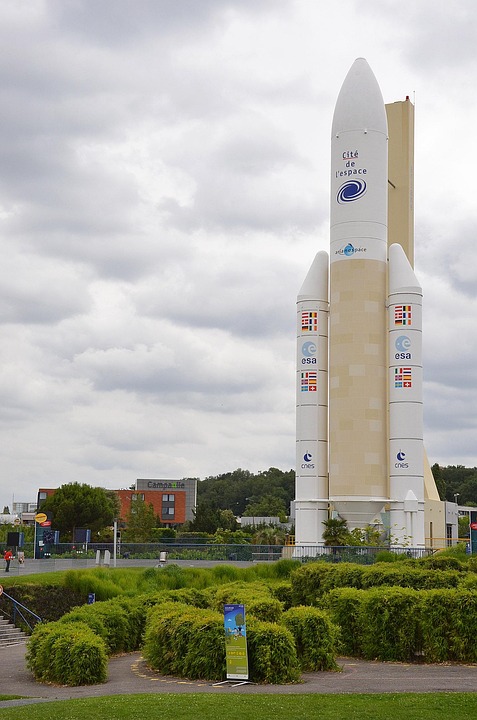The Metaverse and the Power of User-Generated Content: Reshaping Gaming and Digital Interaction
The metaverse—a collective virtual shared space blending augmented reality (AR), virtual reality (VR), and blockchain technology—has emerged as a revolutionary frontier in digital interaction. Beyond its futuristic allure, the metaverse is redefining gaming by transforming it into a dynamic, collaborative ecosystem where users are not just players but co-creators. At the heart of this transformation lies user-generated content (UGC), which is no longer a peripheral feature but a cornerstone of metaverse gaming. This article explores how UGC fuels the metaverse, its benefits, challenges, and its role in shaping the future of immersive digital experiences.
The Rise of User-Generated Content in Gaming
User-generated content has long been a staple of gaming culture. From the early days of modding communities in games like Half-Life and World of Warcraft to the explosion of fan-made maps, skins, and mods in titles like Minecraft and Grand Theft Auto, players have always sought to personalize and expand their virtual worlds. However, the metaverse elevates UGC to a new level. Unlike traditional games, where user-created content is often confined to specific titles or platforms, the metaverse offers a persistent, interconnected digital universe where UGC can thrive across multiple experiences.
Platforms like Roblox, Fortnite, and The Sandbox exemplify this shift. Roblox, for instance, boasts over 50 million creators building games and experiences, while Fortnite’s Creative mode allows players to design islands that become shared spaces for others. In the metaverse, UGC isn’t just a bonus—it’s the lifeblood of a thriving, ever-evolving digital economy.
The Role of UGC in the Metaverse
The metaverse is built on the idea of user empowerment, and UGC is central to this vision. By enabling players to design virtual environments, avatars, items, and even entire economies, UGC transforms the metaverse from a static product into a living, breathing community. For example, in Decentraland, users create and trade NFT-based virtual real estate, art, and experiences, while Minecraft continues to inspire endless creativity through its block-building mechanics.
This democratization of content creation fosters a sense of ownership and participation. Users aren’t just consumers; they’re architects of the digital world. The metaverse becomes a canvas for collective imagination, where diverse voices and perspectives shape the landscape.
Benefits of UGC in Metaverse Gaming
1. Enhanced Engagement and Community Building
UGC keeps users invested by offering endless possibilities. When players can create and share content, they form communities around shared interests, leading to prolonged engagement. For instance, a user-created virtual concert in Fortnite or a custom game in Roblox can attract thousands, creating social hubs that transcend traditional gameplay.
2. Economic Opportunities
The metaverse’s virtual economies are booming, with UGC driving revenue streams. Creators can monetize their work through NFT sales, in-game purchases, or direct payments. In The Sandbox, for example, users earn cryptocurrency by selling virtual land or digital assets, while platforms like Axie Infinity reward players for creating and trading game items.
3. Diverse and Inclusive Experiences
UGC allows for a wide array of content, reflecting global creativity and cultural diversity. This inclusivity ensures that the metaverse caters to niche interests and underrepresented communities, making it more vibrant and accessible.
4. Innovation and Iteration
Game developers often leverage UGC to test ideas and iterate on gameplay. Players can experiment with new mechanics, storylines, or designs, leading to innovations that might not have emerged from traditional development cycles.
Challenges and Considerations
While UGC offers immense potential, it also presents hurdles:
- Content Moderation: Ensuring safety and appropriateness in open, user-driven spaces is complex. Platforms must balance freedom with accountability, often relying on AI and community reporting systems.
- Intellectual Property (IP) Issues: Ownership of UGC in the metaverse is a gray area. While blockchain and NFTs offer tools for verification, disputes over rights and royalties remain.
- Technical Barriers: Not all users have the skills or resources to create high-quality content. Platforms need intuitive tools and education to lower these barriers.
- Sustainability and Quality Control: The sheer volume of UGC can overwhelm systems, requiring strategies to highlight quality content and maintain standards.
The Future of UGC in the Metaverse
Advancements in AI and machine learning are making content creation more accessible, allowing users to design complex experiences with minimal technical expertise. Tools like Unity and Unreal Engine are being integrated into metaverse platforms, empowering creators to build immersive worlds. Additionally, decentralized platforms and blockchain technology are enabling new models of ownership and collaboration, where creators can retain control over their work and profit from it.
Collaborative UGC is also on the rise, with users pooling resources to build shared projects. This trend could lead to more ambitious, community-driven initiatives, such as virtual cities or global events. Meanwhile, the metaverse’s social fabric will continue to grow as UGC fosters deeper connections between users.
Conclusion
User-generated content is the engine driving the metaverse’s growth, turning it into a collaborative, ever-expanding digital realm. By democratizing creation and enabling economic and social participation, UGC enriches the metaverse experience for everyone. Yet, as the space evolves, addressing challenges like moderation and IP rights will be crucial. The future of metaverse gaming depends on striking a balance between innovation and responsibility, ensuring that UGC remains a force for creativity and connection. As the lines between reality and virtuality blur, one thing is clear: the metaverse belongs to its users, and their imagination will shape its next chapter.






